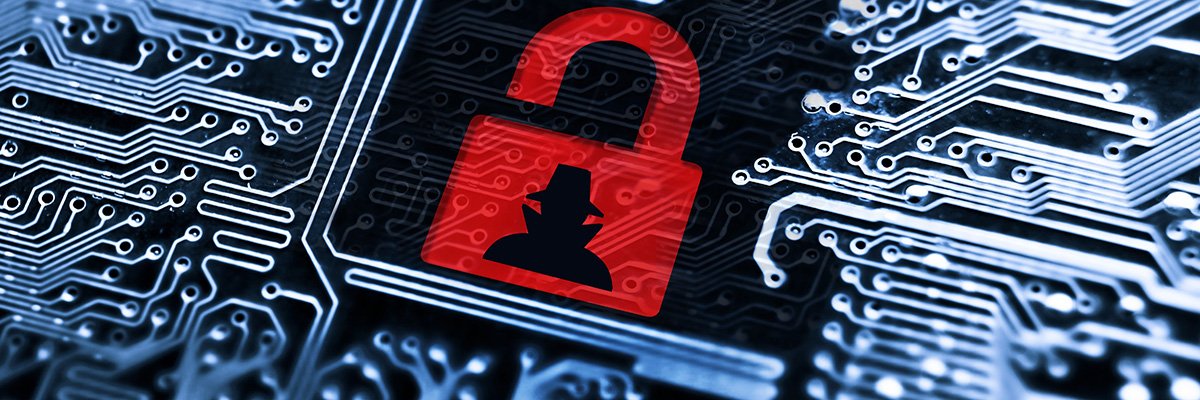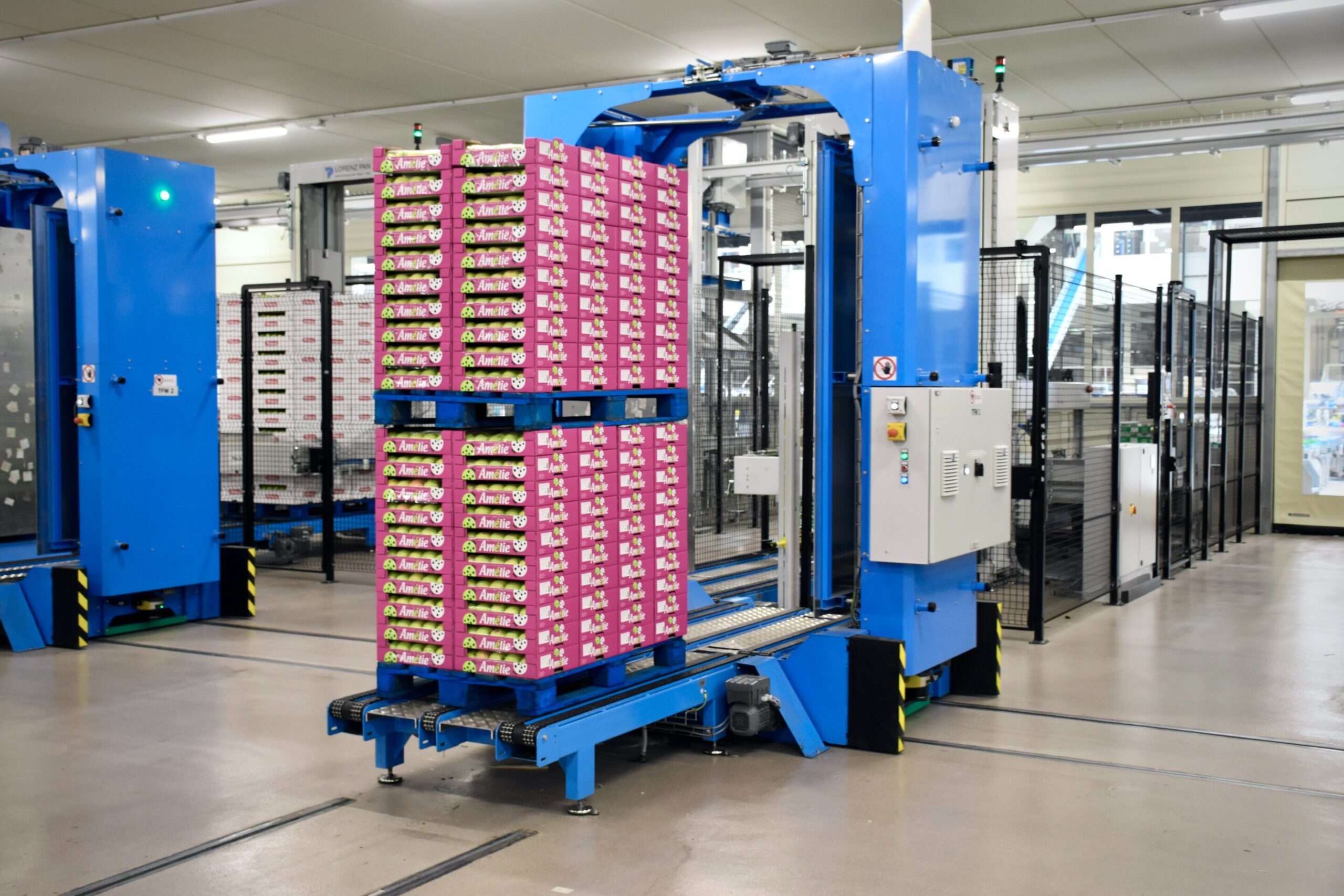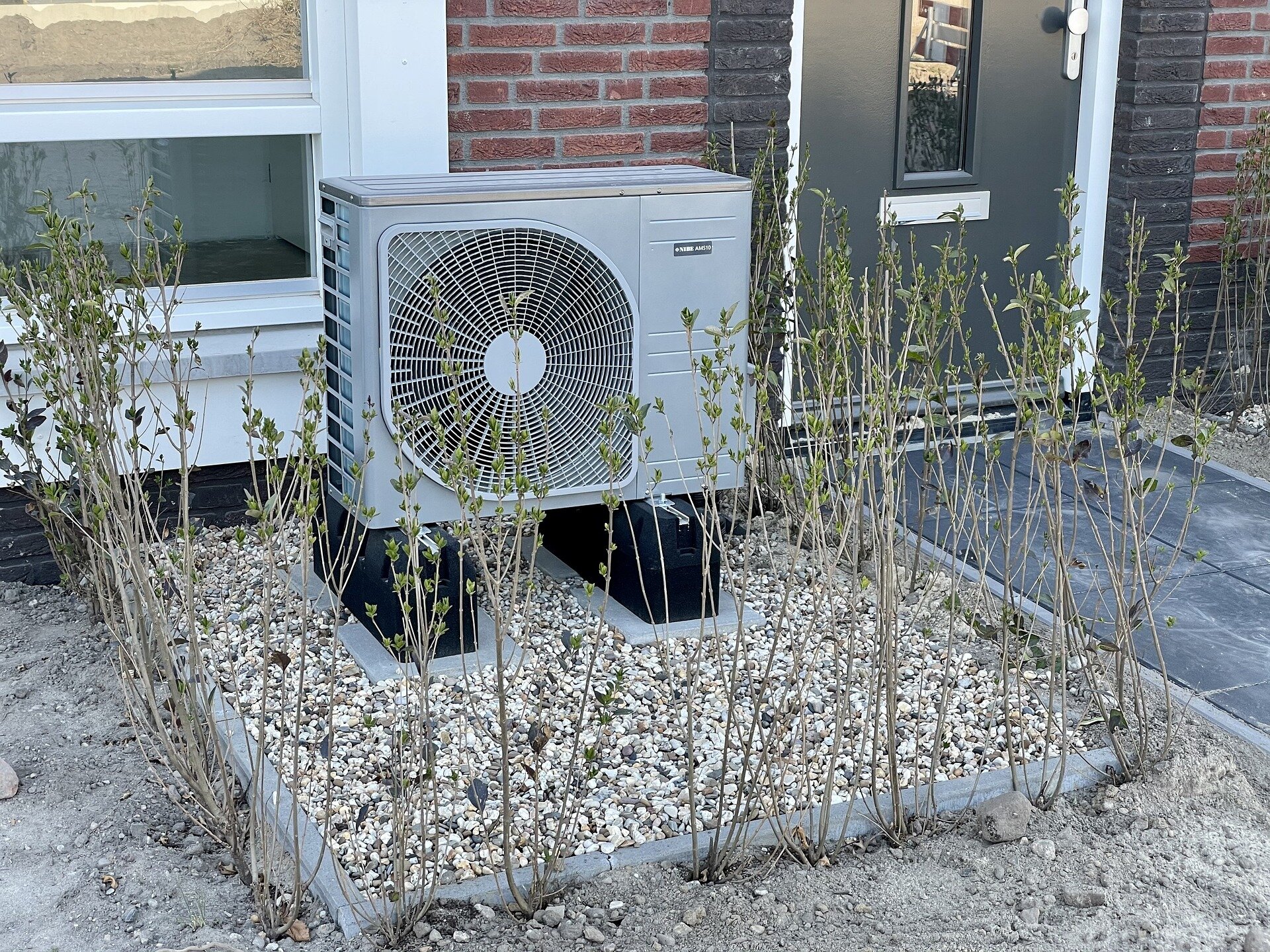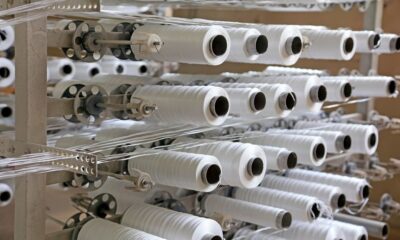Tech
Warlock claims ransomware attack on network services firm Colt | Computer Weekly

London-headquartered telecoms and network services company Colt is attempting to bring various customer-facing services back online after being hit by a cyber attack claimed by the Warlock ransomware gang.
The incident, which the firm at first chalked up to a technical issue, appears to have started on Tuesday 12 August at around 11am BST, when customers began reporting interruptions to their service.
On the afternoon of Thursday 14 August Colt reported that it was in fact responding to a cyber incident at Colt Technology Services, that has primarily affected the Colt Online support services and Voice API platforms.
“We recently detected a cyber incident on an internal system. This system is separate from our customers’ infrastructure. We took immediate protective measures to ensure the security of our customers, colleagues, and business, and we proactively notified the relevant authorities. One of our protective measures involved us intentionally taking some systems offline, which has led to the disruption of some of the support services we provide to our customers,” a Colt spokesperson said.
In an update posted on Friday 15 August, Colt said that its teams were continuing to work around the clock to restore access to the impacted systems.
“We appreciate it’s frustrating not being able to use some systems currently, including Colt Online and our Voice API platform, and we’re grateful for your understanding,” said the company.
Colt is advising customers to get in touch via email or phone should they need to, but users should be aware that there may be some delay in responding.
Ransomware gang claims hit
Per cyber news website Bleeping Computer, the cyber attack on Colt was swiftly claimed by the Warlock ransomware group, which has posted details of its intrusion to its dark web leak site.
A hacker who identified themselves with the handle ‘cnkjasdfgd’, claimed to have stolen over a million individual documents which hold data including customer, employee and financial data, and information on Colt’s network architecture and software development.
The gang is supposedly selling off this information for $200,000 (approximately £147,500), which may be an indication that its attempt to extort Colt has been rebuffed. This is unconfirmed.
Writing on social media platform Mastodon, cyber threat researcher Kevin Beaumont suggested that Colt was likely breached via a security feature bypass flaw in Microsoft SharePoint Server. The vulnerability in question – CVE-2025-53770 – bypasses a fix for a previously-patched remote code execution (RCE) bug, and was itself the subject of an emergency fix in July.
CVE-2025-53770 works by enabling an attacker to steal cryptographic keys from unpatched SharePoint servers that are then used to create malicious requests to achieve RCE.
Together with a second vulnerability, CVE-2025-53771, it forms the basis of an exploit chain referred to as ToolShell
Microsoft and others swiftly identified exploitation of ToolShell by Chinese state-backed threat actors, but also warned that the Warlock crew was also sniffing around.
Colt’s spokesperson told Computer Weekly: “We’re aware of claims regarding the cyber incident. We are currently investigating these claims. Our technical team is focused on restoring the internal systems impacted by the cyber incident and is working closely with third-party cyber experts. We are grateful for our customers’ understanding as we work towards a resolution to fix the impacted internal systems.”
You want a Lamborghini?
A newly-emergent ransomware actor, Warlock announced itself to the world in June with an advertisement on a Russian cyber crime forum titled ‘If you want a Lamborghini, please call me’, according to researchers at Halcyon.
The gang runs a closed, affiliate-style business model and appears to have little known connection to any earlier brands, said Halcyon, reversing an earlier suggestion of a link to LockBit.
Through its exploitation of the SharePoint It may, however, have a link to a China-based threat actor known as Storm-2603 as evidenced through its use of the ToolShell chain.
To date it has been linked to about 11 cyber attacks, and has claimed 19 more in sectors including government, finance, manufacturing and tech.
This article was updated at 19:10 BST on Friday 15 August 2025 to include a response from Colt.
Tech
Watch Our Livestream Replay: Back to School in the Age of AI

Everyone has a stake in how tech is shaping education today. From the tech moguls and venture capitalists who are starting “microschools” and building ed-tech tools to policymakers who are writing bills to safeguard kids online and teachers who are getting creative about using AI for school.
WIRED explored all this and more in our recent back-to-school digital edition, which was the topic of our subscriber-only livestream on Thursday, August 28, 2025. Hosted by WIRED’s features director, Reyhan Harmanci, with writers Charley Locke and Julia Black. Watch the livestream replay below.
Check out past livestreams on the launch of GPT-5, essential features in ChatGPT, advice for getting started with Claude, and more.
Tech
Warehouse automation hasn’t made workers safer—it’s just reshuffled the risk, say researchers

Rapid advancements in robotics are changing the face of the world’s warehouses, as dangerous and physically taxing tasks are being reassigned en masse from humans to machines. Automation and digitization are nothing new in the logistics sector, or any sector heavily reliant on manual labor. Bosses prize automation because it can bring up to two- to four-fold gains in productivity. But workers can also benefit from the putative improvements in safety that come from shifting dangerous tasks onto non-human shoulders.
At least, that’s the story employers such as Amazon have—largely successfully—promoted to the public.
In a recent study, Brad N. Greenwood, Dean’s Distinguished Professor at the Costello College of Business at George Mason University, investigated this question: Does automation make warehouse jobs safer? His co-authors include Gordon Burtch of Boston University and Kiron Ravindran of IE University. Their findings, which appear in ILR Review, reveal that the answer depends on how safety is defined.
The researchers distinguish between two types of injuries: severe and non-severe. Severe injuries include broken bones, traumatic falls, and other incidents that cause employees to miss work. Non-severe injuries include sprains, strains, and repetitive motion problems, often leading to reassignment or light-duty work, but not missing work.
The findings showed that robots do seem to reduce severe injuries. In robotic fulfillment centers (FC), tasks like heavy lifting and long walks are handled by machines, reducing workers’ exposure to physical hazards. The researchers found a meaningful drop in the number of severe injuries in these facilities.
However, the overall picture is not so clear. In the same robotic warehouses, the researchers observed a sharp increase in non-severe injuries, especially during high-demand periods such as Amazon Prime Day and the winter holidays. The robotic fulfillment centers experienced a 40% decrease in severe injuries but a 77% increase in non-severe injuries compared to traditional centers.
To better understand their results, the researchers also analyzed thousands of online posts from Amazon warehouse workers.
“There was an immediate and obvious discrepancy in worker opinion, based on whether their fulfillment center was roboticized or not,” says Greenwood.
Humans working alongside robots described their daily experience as “not physically exhausting” and “better than working at a legacy FC.” However, they also reported being expected to meet much higher performance metrics than their counterparts in non-automated FCs—amounting to a two-to-three-times higher “pick rate” in some cases. The faster pace of the human/robot dance was accompanied by a far more repetitive work routine that induced burnout in some workers, while causing others to “zone out.”
This dual reality—robots reducing some injuries while exacerbating others—has serious implications. For employers, simply introducing automation is not enough. Without careful job design, task rotation, and realistic performance goals, the shift to robotics can create new health and safety risks.
“Companies have bottom-line reasons to take this issue seriously. Beyond simple issues of liability, there is a cost to the firm of workers being unable to perform their duties,” says Greenwood.
Traditional safety metrics often focus on injuries that result in lost workdays. But as the nature of work changes, this approach may miss more subtle forms of harm. Chronic, repetitive injuries may not lead to time off, but they still decrease worker well-being and performance.
Looking ahead, Greenwood and his colleagues plan to explore how these trends play out over longer timeframes and in other industries. As robots become more common in fields like manufacturing, retail, and health care, similar patterns may emerge. The researchers hope their findings will help inform both corporate and public policy, ensuring that the future of work is not only more efficient but also humane.
“That isn’t to deny that warehouse robotics benefits workers,” Greenwood explains. “But we need to think more carefully about how to use them, and what that means for the humans they work with.”
More information:
Gordon Burtch et al, Lucy and the Chocolate Factory: Warehouse Robotics and Worker Safety, ILR Review (2025). DOI: 10.1177/00197939251333754
Citation:
Warehouse automation hasn’t made workers safer—it’s just reshuffled the risk, say researchers (2025, August 28)
retrieved 28 August 2025
from https://techxplore.com/news/2025-08-warehouse-automation-hasnt-workers-safer.html
This document is subject to copyright. Apart from any fair dealing for the purpose of private study or research, no
part may be reproduced without the written permission. The content is provided for information purposes only.
Tech
Air conditioning isn’t the only answer

I recently returned from visiting family in America and was struck by how hot I felt back home in London, despite the temperatures being lower. Partly, this was down to humidity: London is sticky in summer, while Utah, where my uncle lives, is very dry.
But it’s also down to the buildings. My brick house absorbs and retains heat while every building I went to in America was either well ventilated or had air conditioning blasting away.
That contrast got me thinking: as the UK warms, can it keep its homes and workplaces comfortable without relying solely on air-con?
Jesus Lizana, Nicole Miranda and Radhika Khosla at the University of Oxford say that northern Europe is dangerously unprepared for the heat of the near future.
They looked at the coming demand for cooling using the concept of “cooling degree days,” which essentially assesses how often people will need to take extra measures, like switching the air-conditioning on, to keep themselves cool.
They found countries like Nigeria and Chad will see the biggest absolute rise in cooling degree days. “A clear indication that Africa is shouldering the burden of a problem it did not create,” they note.
But they also found that countries in northern latitudes will face the greatest relative increase in uncomfortably hot days.
“Of the top ten countries with the most significant relative change in cooling degree days as global warming exceeds 1.5°C and reaches 2°C, eight are located in northern Europe.”
It gets worse. “Buildings in the northern hemisphere,” they write, “are primarily designed to withstand cold seasons by maximizing solar gains and minimizing ventilation—like greenhouses.”
The solution seems obvious: let’s all get air-con.
Coal-powered air-con?
But Mehri Khosravi says it isn’t that simple. An energy researcher at the University of East London, she warns that:
“Cooling requires huge amounts of energy at the exact moments when demand is already high. In 2022 and 2023, the UK had to briefly restart a coal power plant to keep the lights—and the air conditioners—on.”
Khosravi says the UK and similar countries should instead focus on reducing demand for cooling.
In winter, she says, we rightly focus on better insulation to reduce heating demand, as “it’s a lot harder to warm a house than it is to stop heat escaping in the first place.”
So how do we stop a northern European brick house from heating up in the first place?
Khosravi suggests we look to southern Europe for inspiration, where 35°C summers were common long before climate change. Her suggestions include shading and shutters to block sunlight before it enters a building, natural ventilation to let heat escape in cooler hours, and reflective or light-colored buildings that reflect sunlight.
It’s hard to imagine Scarborough being turned into Santorini any time soon. But while we wait to adapt our buildings for the new normal, Khosravi says we should adapt our behavior too.
In Spain, the hottest hours are for siestas. Outdoor activities are paused, and people are more active in the mornings and evenings. Culturally, they understand that keeping curtains closed during the day and opening windows at night can prevent homes from overheating.
In the UK, heat is still culturally framed as “good weather”. Sunny weekends trigger beach trips, barbecues and more outdoor activity, even when it’s dangerously hot. This mismatch between perception and risk is a major public health challenge.
Smarter cooling
Perhaps there are smarter ways to cool down. Academics in Australia recently published research suggesting a “fan first” approach, even when air-conditioning is installed.
“The approach is simple,” they write: “use electric fans as your first cooling strategy, and only turn on air conditioning when the indoor temperature exceeds 27°C.”
These fans use only a tiny fraction of the electricity used to run air conditioning, but “can make you feel up to 4°C cooler.” In their research, the Australian team increased an office’s air conditioning set-point from 24 to 26.5°C, with supplementary air movement from desk and ceiling fans. This “reduced energy consumption by 32%, without compromising thermal comfort.”
Air conditioning doesn’t have to mean the typical rows of humming white boxes. Heat pumps—already central to Britain’s low-carbon heating plans—can also keep homes cool in summer.
Essentially, they’re able to act like reversible air conditioners: in winter, they draw warmth into a building, and in summer they can run in reverse to push heat out.
Crucially, they do so with far greater efficiency than traditional systems. Theresa Pistochini, an engineer at UC Davis in California, points out that heat pumps can be “anywhere from 200% to 400% efficient,” meaning they move more than twice as much energy (heat) than the energy required to operate them.
Her analysis found that “buying a heat pump today will reduce global-warming impact in almost all geographical locations.”
For households, this could mean one appliance that covers both heating and cooling, slashes energy bills, and avoids the climate-damaging lock-in of conventional air conditioning. For policymakers, heat pumps may offer a way to meet surging cooling demand without blowing the carbon budget.
But heat pumps aren’t a perfect fix. Installation is costly, many older homes will still need upgrades, and there aren’t enough trained engineers. They’ll need further support if they’re to become a mainstream alternative to air-con.
Nonetheless, together with simple measures like fans and shutters, heat pumps point to a smarter approach to cooling. And it could be made even more sustainable if paired with clean energy from rooftop solar.
Homes equipped with solar panels can generate electricity during the hottest parts of the day—exactly when air conditioners or heat pumps are working hardest.
Tom Rogers and colleagues at Nottingham Trent University say solar will play a “pivotal role” in “addressing summer cooling demand and enhancing climate resilience.” They analyzed satellite images to estimate that rooftop solar could provide “nearly one third” of the city’s electricity demand.
The UK is warming, and staying comfortable in hotter summers is a must. But there’s more than one way to cool down. Simple measures like fans, efficient heat pumps and rooftop solar—combined with smarter building design and passive cooling—could keep homes safe, energy use low and emissions in check.
This article is republished from The Conversation under a Creative Commons license. Read the original article.![]()
Citation:
Air conditioning isn’t the only answer (2025, August 28)
retrieved 28 August 2025
from https://techxplore.com/news/2025-08-air-conditioning-isnt.html
This document is subject to copyright. Apart from any fair dealing for the purpose of private study or research, no
part may be reproduced without the written permission. The content is provided for information purposes only.
-

 Business1 week ago
Business1 week agoRSS Feed Generator, Create RSS feeds from URL
-

 Tech1 week ago
Tech1 week agoKorea develops core radar components for stealth technology
-

 Fashion1 week ago
Fashion1 week agoTariff pressure casts shadow on Gujarat’s textile landscape
-

 Fashion1 week ago
Fashion1 week agoRent the Runway to swap debt for equity in revival effort
-

 Fashion1 week ago
Fashion1 week agoUS retailers split on holiday prospects amid consumer caution
-

 Tech1 week ago
Tech1 week agoQi2’s Magnetic Wireless Charging Finally Arrives on Android
-
Sports1 week ago
Dan Quinn says Terry McLaurin is healthy, ‘closer’ to Commanders return
-

 Tech2 days ago
Tech2 days agoReview: Google Pixel 10 Series





